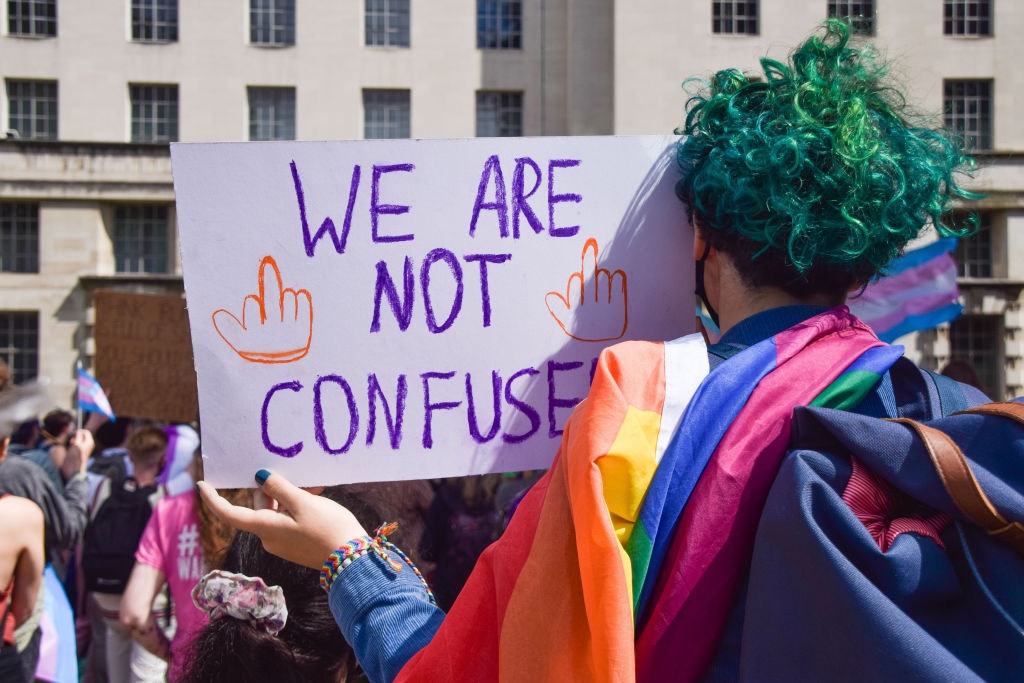Immigration enthusiasts and problematic polling
New analysis made British voters look far more pro-migration than they are
On Monday, UK in a Changing Europe released a poll of the British public, coinciding with the BBC Panorama programme on increasing numbers of migrants entering the UK. The numbers, analysed by Professor Rob Ford, suggested that though “a majority of the public think overall migration is too high, even larger majorities of respondents say they oppose cuts to some of the largest migration flows driving that overall numbers.” Respondents were also shown the number of migrants entering in each category, as per the official statistics from the year ending September 2023.
Ford went on, posting on X: “[There are] only two groups where a majority want cuts… [and] six large migration flows which even a majority of those who say migration is too high do not want to see cut: health and social care workers, their dependents, other skilled workers, their dependents, family reunion immigrants, Ukrainian refugees.”
Look at the UK in a Changing Europe graph and it is clear enough: a sea of blue for “increase/stay the same”.

There’s just one problem. The graph does not reflect what voters were asked. They were in fact given three options: whether they wanted immigration to stay the same, be increased, or be reduced. These statistics became available on Wednesday morning, when the data tables were uploaded.
Crunch those numbers, and the graph looks a little different.

Instead, we see that the proportion of voters saying they want to see immigration “increase” is almost always the least popular category and that “reduce” or — more often — “stay the same” are the most-picked choices. With the exception of health workers (inflow number 144,000) not one category exceeds 33 per cent for “increase”. “Reduce” is also higher than “increase” in the majority of categories.
Why does this matter? Because immigration numbers are not “staying the same”. They have not for years, and have increased rapidly since the pandemic to new highs. Though immigration changes have been announced by the government, there is likely to be a surge of visa applications before these take effect next year. Immigration is not staying the same, nor falling.

Even since the numbers presented to respondents in the UK in a Changing Europe poll, immigration has gone up in key categories. Since the poll, we have another quarterly release from the Government, for the year ending December 2023. It shows that, in several categories which both have high inflows and large numbers of people say they want the amount of migration to “stay the same”, migration has increased since. For health workers, it has increased from 144,000 to 146,477. For their dependents, 173,896 to 203,452. For dependents of skilled workers, 50,784 to 52,009. How can you say the public do not want to see cuts when those numbers are on the increase?
There are other problems with the analysis. Rob Ford said on Twitter that “Majority of Conservative voters support large cuts to immigration, but most also oppose cutting the specific migrant groups who drive current inflows — in fact they want *more* migration from these groups”. That would be untrue of the general population: for the public it is only true of health workers (inflow 144,000), and even here “increase” does not reach a majority.
For Tory voters it is definitely untrue: no category sees more than 34 per cent of Tory voters wanting an increase. It is true more Conservative voters want the number of health workers to increase (34 per cent) than reduce (22 per cent), but it does not apply to any other migrant group. And do doctors, nurses and care workers (144,000) really “drive inflows” more than students (472,000), and their dependents (153,000)? Even accounting for health workers’ dependents (174,000) — a group the public and Conservative voters would rather did not increase — the maths still does not check out.
This, and the misleading graph, is concerning because this analysis got reported in the media, picked up by politicians and framed the debate. We are not just talking about some rogue academics but university professors, contributors to the British Social Attitudes survey, and organisations backed by taxpayer money. It matters that they get it right and present data fully and transparently.
I have no reason to doubt that academics who have pushed and tweeted these figures are respectable, have integrity, and are good at their jobs. But amongst too many, migration seems to cause a mild hysteria, an uncoupling of academic duty from objectivity. The interpretation becomes a little looser from the data, the analysis a little more unreasonable.
Most of all, it seems there is a double standard at play. If a similar graph was put together by an academic eager to reduce immigration, how would these same actors and their keyboard-happy outriders respond? I don’t think I have to tell you.
Enjoying The Critic online? It's even better in print
Try five issues of Britain’s newest magazine for £10
Subscribe














